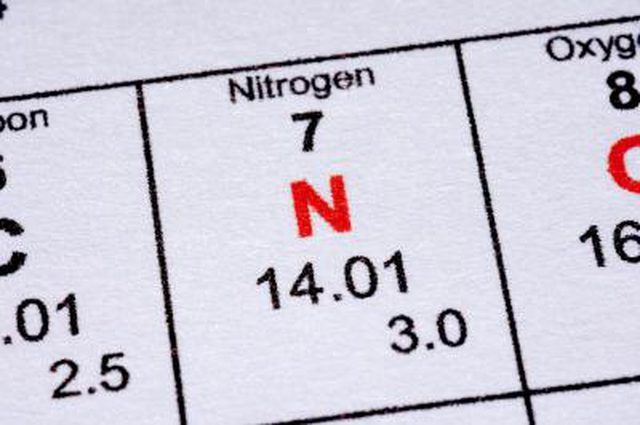Bulbs
Flower Basics
Flower Beds & Specialty Gardens
Flower Garden
Garden Furniture
Garden Gnomes
Garden Seeds
Garden Sheds
Garden Statues
Garden Tools & Supplies
Gardening Basics
Green & Organic
Groundcovers & Vines
Growing Annuals
Growing Basil
Growing Beans
Growing Berries
Growing Blueberries
Growing Cactus
Growing Corn
Growing Cotton
Growing Edibles
Growing Flowers
Growing Garlic
Growing Grapes
Growing Grass
Growing Herbs
Growing Jasmine
Growing Mint
Growing Mushrooms
Orchids
Growing Peanuts
Growing Perennials
Growing Plants
Growing Rosemary
Growing Roses
Growing Strawberries
Growing Sunflowers
Growing Thyme
Growing Tomatoes
Growing Tulips
Growing Vegetables
Herb Basics
Herb Garden
Indoor Growing
Landscaping Basics
Landscaping Patios
Landscaping Plants
Landscaping Shrubs
Landscaping Trees
Landscaping Walks & Pathways
Lawn Basics
Lawn Maintenance
Lawn Mowers
Lawn Ornaments
Lawn Planting
Lawn Tools
Outdoor Growing
Overall Landscape Planning
Pests, Weeds & Problems
Plant Basics
Rock Garden
Rose Garden
Shrubs
Soil
Specialty Gardens
Trees
Vegetable Garden
Yard Maintenance
How to Get St. Augustine Grass to Grow Thick
How to Get St. Augustine Grass to Grow Thick. St. Augustine is a warm climate grass that is valued for its green to blue-green color and ability to establish quickly. It is highly adaptable to a range of soil conditions. It can, however, succumb to damage if overfertilized. St. Augustine grass is not seeded like other grass types, but is planted by...
St. Augustine is a warm climate grass that is valued for its green to blue-green color and ability to establish quickly. It is highly adaptable to a range of soil conditions. It can, however, succumb to damage if overfertilized. St. Augustine grass is not seeded like other grass types, but is planted by vegetative cuttings or sod. To have a thick, lush St. Augustine lawn, you must make sure that you properly sow it and that you adhere to proper maintenance practices once you establish it.

Things You'll Need
Topsoil, if needed,
Spreader for fertilizer
St. Augustine sod, sprigs or plugs
Starter fertilizer
Garden rake
Hose and sprinkler
Fertilizer program
Rotary lawn mower
Step 1
Prepare your site to accept the St. Augustine sprigs, plugs or sod. This may mean applying a layer of new topsoil over bare areas or you may just have to loosen the existing soil with a garden rake. St. Augustine grass is not tolerant of too much water, so ensuring that the soil is well drained and that the lawn has no low areas where standing water can accumulate is critical for successful establishment.
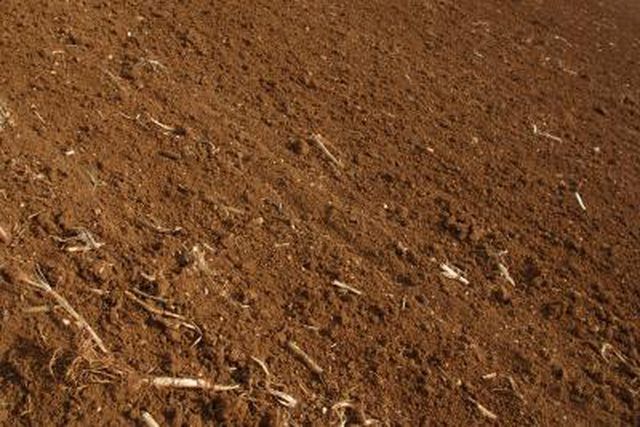
Step 2
Plant the St. Augustine sprigs, plugs or sod. Plant sprigs in rows 6 to 12 inches apart. Plant plugs 6 to 24 inches apart in rows that are 6 to 12 inches apart. Lay sod so that the ends are tightly butted together and that the seams of the adjacent row overlap as in a running-bond brick pattern. Do this in the spring when lawns are actively growing so that the roots can establish quickly.

Step 3
Irrigate the newly planted lawn. St. Augustine does not need to be kept as moist as other lawn types. Water in short five to 10 minute cycles several times per day for the first seven to 10 days after planting. Apply 1/4 to 1/2 inch of water daily for the next seven to 10 days. For the subsequent three to four weeks, water two to three times per week at a rate of 1/4 to 1/2 inch of water. Water only as needed after that.
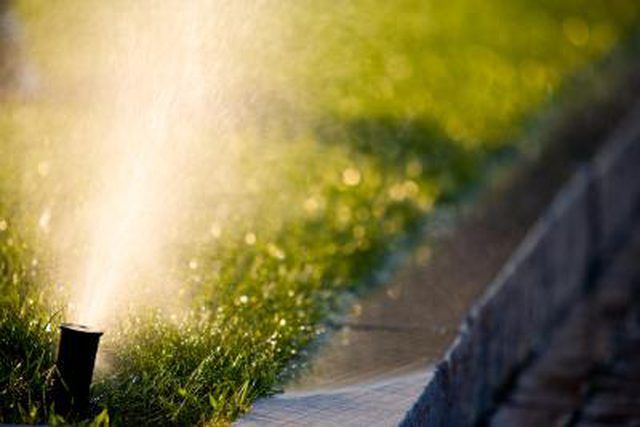
Step 4
Mow the new lawn at least two weeks after planting and only if the lawn is well rooted in. Use a rotary mower with sharp blades and do not collect the clippings. Remove only one-third of the total lawn height when mowing.

Step 5
Fertilize the newly established lawn 30 to 60 days after planting. Use a complete lawn fertilizer at a rate not to exceed 1/2 to 1 pound of actual nitrogen per 1000 square feet of lawn area. The first number on a bag of fertilizer represents the percentage of nitrogen in that bag, not the pounds. Calculate accordingly.
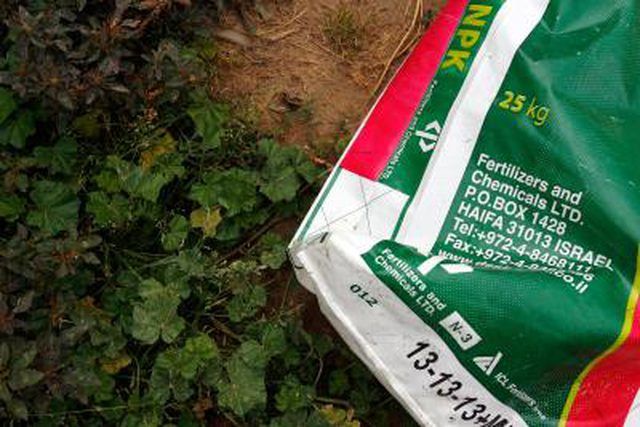
Step 1
Dethatch St. Augustine grass lawns in early spring to early summer if the thatch layer is 1 inch thick or greater. Use a vertical mower or dethatcher at the proper depth. Thatch, a layer of organic matter that builds up between the soil surface and the grass blades, can also be an issue in unmaintained lawns. If over 3/4 inch thick, thatch impedes proper growth and may harbor insects and diseases.
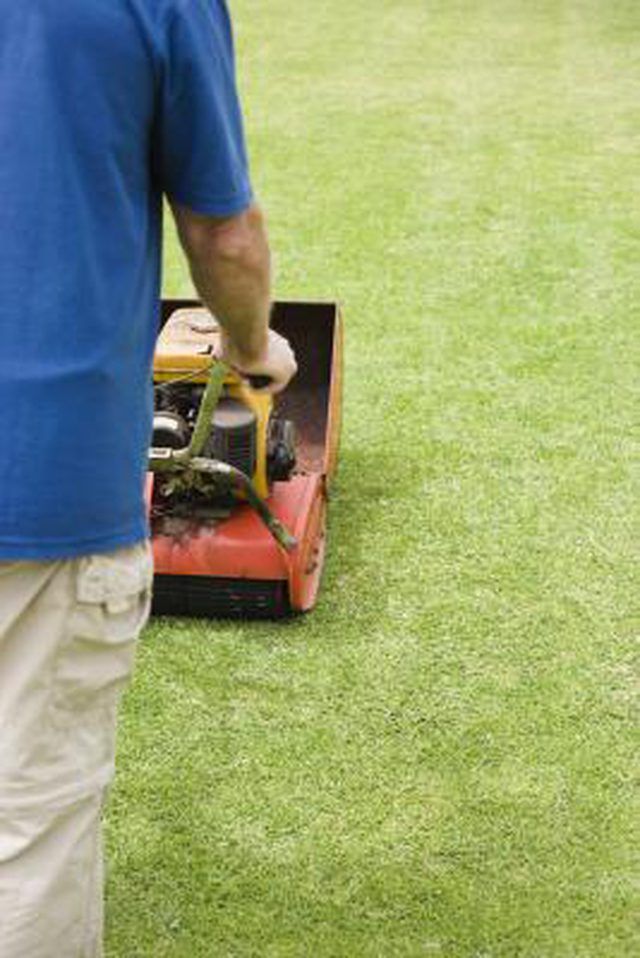
Step 2
Water St. Augustine grass lawns only on a supplemental, as-needed basis. Apply 1/2 to 3/4 inch of water to the lawn when 30 to 50 percent of the lawn shows signs of stress.
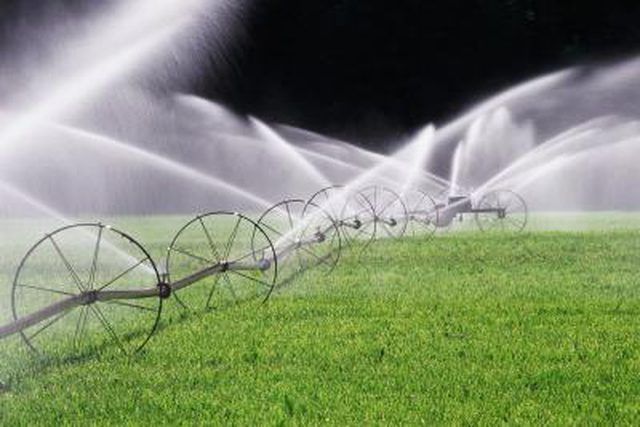
Step 3
Mow St. Augustine grass lawns when they have reached a height of up to 4 inches. Mow at the highest setting, and remove no more than one-third of the grass per mowing. Return the clippings to the ground; do not remove them.
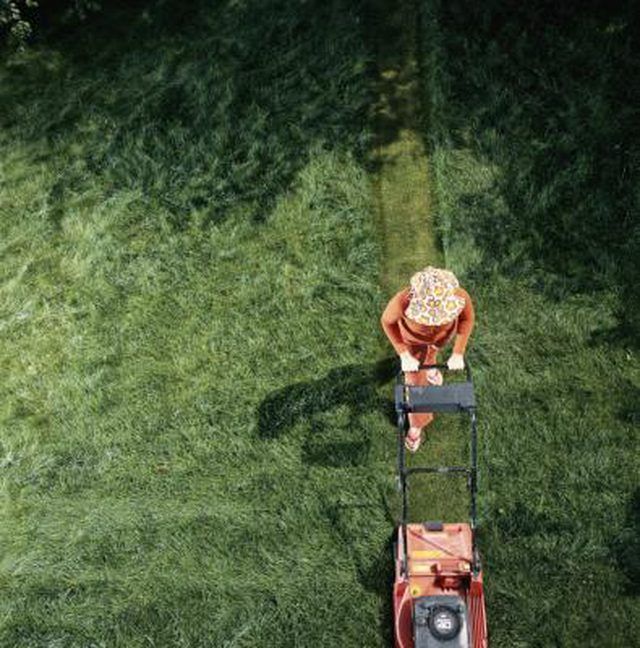
Step 4
Fertilize St. Augustine grass lawns in the spring with 1/2 to 1 pound of nitrogen per 1000 square feet of lawn area. You can apply applications of up to 1 pound of actual nitrogen can through fall at six-week intervals. Do not exceed 4 pounds of actual nitrogen per 1000 square feet of lawn per year.
